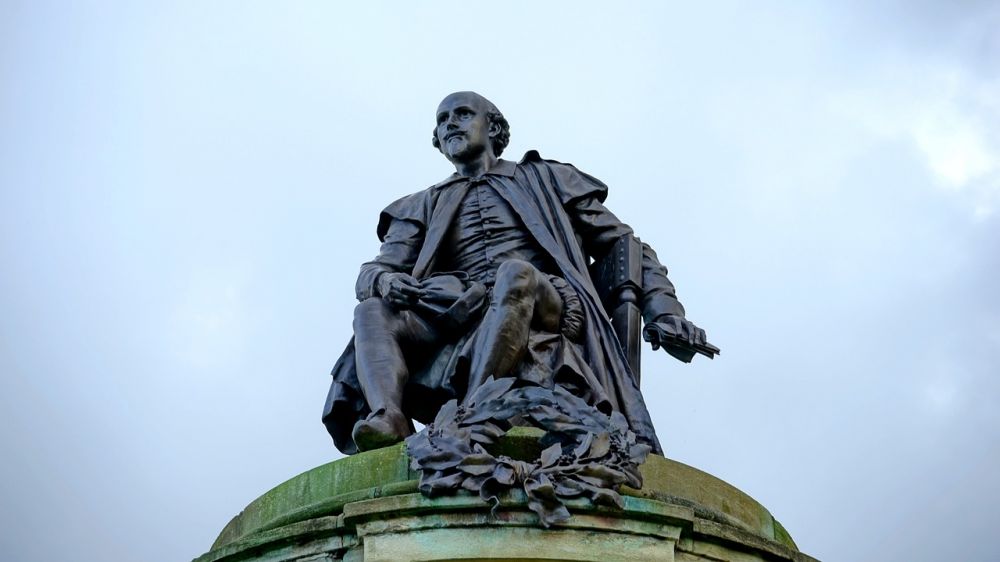Edgar Allan Poes The Raven: A Masterpiece of Gothic Literature

Introduction:
Renowned for his macabre and mysterious tales, Edgar Allan Poe is an iconic figure in American literature. One of his most famous poems, “The Raven,” has captivated readers for generations with its haunting imagery and melancholic themes. This article explores the significance of “The Raven” for those interested in Poe’s work, providing a historical overview, highlighting its evolution over time, and delving into the poem’s enduring allure.
I. Understanding “The Raven”:

“The Raven” was first published in 1845, making it one of Poe’s most celebrated works. This narrative poem tells the story of a grief-stricken protagonist tormented by a talking raven who repeatedly utters the word “nevermore.” The poem’s themes include loss, the inevitability of death, and the burden of grief. Through vivid language and metaphysical imagery, Poe explores these themes while creating a chilling and suspenseful atmosphere.
Key Points:
– “The Raven” is a narrative poem written by Edgar Allan Poe and published in 1845.
– The poem revolves around a grief-stricken protagonist who becomes tormented by a mysterious talking raven.
– Central themes include loss, death, and the burden of grief.
– Poe employs vivid language and metaphysical imagery to create a chilling and suspenseful atmosphere.
II. Historical Evolution of “The Raven”:
Since its publication, “The Raven” has received widespread acclaim and has become a literary classic. Initially, the poem garnered mixed reviews, with some praising its dark and brooding tone, while others criticized its lack of moral lesson. However, as time went on, “The Raven” gained recognition for its unique blend of poetic techniques and its profound emotional impact.
Key Points:
– “The Raven” initially received mixed reviews from critics.
– Over time, it gained recognition for its unique blend of poetic techniques.
– Today, “The Raven” is considered one of Poe’s most beloved and iconic works.
III. The Composition and Structure of “The Raven”:
Structured into eighteen stanzas, “The Raven” follows a consistent rhyme scheme, with internal rhymes and precise meter creating a musical rhythm. This deliberate structure contributes to the poem’s coherence and enhances its haunting atmosphere. Additionally, Poe’s use of alliteration, repetition, and symbolism further intensifies the reader’s engagement and emotional response.
Key Points:
– “The Raven” consists of eighteen stanzas, each following a consistent rhyme scheme.
– Poe’s use of internal rhymes and precise meter creates a musical rhythm.
– Alliteration, repetition, and symbolism enhance the poem’s overall impact.
IV. Analysis and Interpretation:
“The Raven” continues to captivate readers due to its ambiguous nature and layered meanings. As the protagonist engages in a dialogue with the raven, readers are drawn into an exploration of the human psyche and themes of obsession and madness. The use of the raven as a symbol of death and the supernatural adds to the poem’s enduring mystique.
Key Points:
– “The Raven” provides a wealth of material for analysis and interpretation.
– The protagonist’s psychological journey explores themes of obsession and madness.
– The raven serves as a symbol of death and the supernatural, adding to the poem’s mystique.
Conclusion:
“The Raven” exemplifies Edgar Allan Poe’s ability to create a masterpiece that resonates with readers across generations. Its dark and brooding atmosphere, coupled with masterful poetic techniques, makes it a staple in Gothic literature. Whether one approaches the poem as a literary enthusiast, a fan of Poe’s works, or simply a lover of art, “The Raven” continues to captivate and provoke thought with its enduring appeal.





